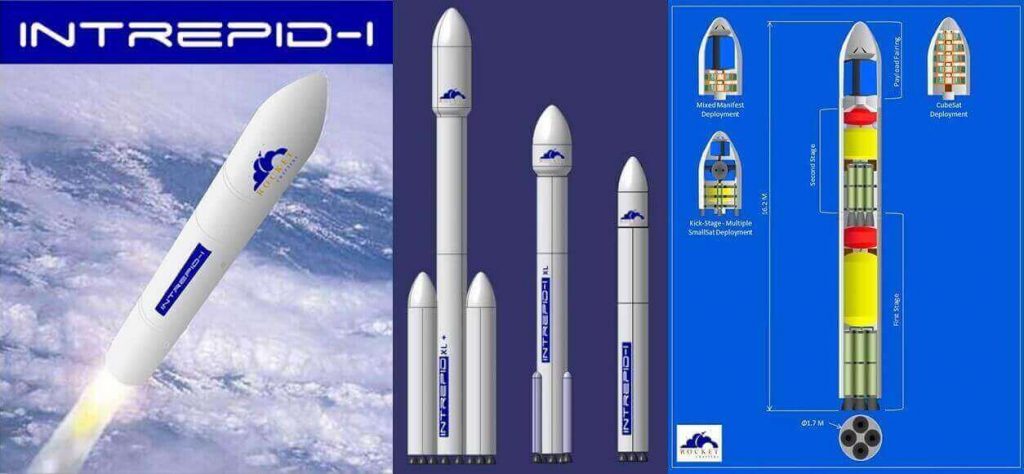3D printing technology is becoming indispensable to space travel. US company Rocket Crafters just got granted a patent on safe 3D printed rocket fuel. Next, they plan to build a booster rocket with it.
What happens when you ignite of 203,400 gallons (770,000 liters) of kerosene fuel and 318,000 gallons (1.2 million liters) of liquid oxygen? If you’re lucky, you get enough punch to shoot a decent payload into space. If things don’t work out as planned, you get a devastation explosion.
A lot has happened since the first Saturn V rocket boosted the Apollo missions into space. In 1967, these rocket boosters used kerosene and oxygen, which is an extremely dangerous chemical combination.
Nowadays, we have way more sophisticated rocket propellants, a more controlled environment and way better materials to work with. Still, there’s a possibility of things go horribly wrong (remember Space X explosion?). But thanks to 3D printing, this might change.
A Patent for 3D Printed Rocket Fuel Grains
American company “The Rocket Crafters” just got granted a U.S. patent on a method for designing and fabricating “fuel grains.” These fuel grains for hybrid rocket engines are produced by 3D printing it.
The tubular shaped rocket fuel structures serve as a fuel source and combustion chamber. This makes things easier in many ways. First, fabrication becomes much safer. Secondly, you can store the components more easily. Finally, you get a much more controlled combustion thanks to internal geometric patterns. They are designed to significantly increase the amount of fuel that is available for combustion.
Here’s the information on the technique Rocket Crafters use:
“A solid fuel grain suitable for use in hybrid propulsion systems has a generally cylindrical shape and defines a center port. The solid fuel grain is formed as a series of concentric layers arrayed around the center port. When incorporated into a rocket, an oxidizer is introduced into the solid fuel grain along a pathway defined by the center port, with combustion occurring along the exposed surface area of the solid fuel grain section adjacent to the center port. Each concentric layer has a surface pattern that serves to increase the surface area for combustion, a surface pattern that persists even as the fuel burns. To achieve such a construction, the concentric layers of the solid fuel grain are preferably manufactured using any one of several available freeform-fabrication machines capable of fabricating articles in a polymeric material suitable for a hybrid propulsion system.”
3D Printed Rocket Fuel Grains Can Cut Costs Significantly
President & CTO Ronald Jones, the company’s CTO, states that 3D printing allows RCI to deliver small payloads (like satellites) to orbits at half the usual launch costs. Also, the technology could help to get fewer violent vibrations that plague traditionally designed hybrid rockets for decades.
Also, the company is developing the Intrepid-1 rocket (see below). The self-proclaimed “world’s first mass-producible orbital launch vehicle” is powered by an engine based on the patent.
Former NASA astronaut Sid Gutierrez, Chairman, and CEO of RCI adds:
“I have believed for years that hybrid rockets, due to the inherent safety when propellants are protected against accidental detonation by storing them in different states, could be the solution to make the rocket-powered flight as safe as airline travel one day. With our 3D printed fuel technology, we now have the means to make this a reality.”
In a next step, RCI wants to incorporate their rocket motors into orbital launch vehicles in 2019.
If you want to dig deeper, please take a look at the US Patent 9,453,479.
(Source: Space Daily)
License: The text of "3D Printed Rocket Fuel Gets a Patent" by All3DP is licensed under a Creative Commons Attribution 4.0 International License.
